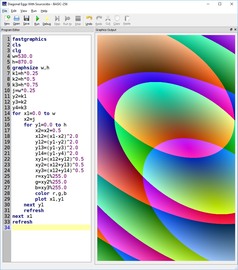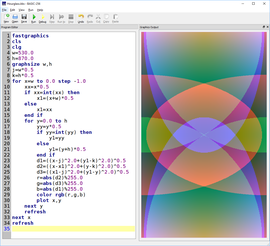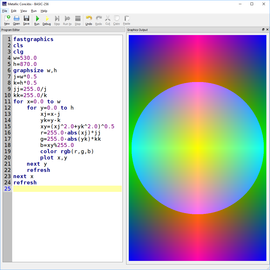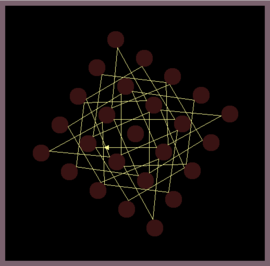Jean Constant - Pattern recognition
Pattern recognition assigns output value (label) to any given input value (instance), according to a predefined algorithm. A Bongard problem-solving program has several stages, in which raw data gradually get converted into descriptions.
The following two examples are selected from a 22 illustration series inspired by the work of mathematician M. Bongard and available at hermay.org
Each Bongard template was filled with preselected color schematics to introduce an additional information element to complement and emphasize the dynamic of the original line drawing.

Acute angle/no acute angle
The recognition system must first classify as “irrelevant” all pictures that do not represent triangles, and must further divide all triangles into acute. Each step decreases the uncertainty of the problem. All these steps are united by the word angle.
This illustration was done in black and white to help focus primarily on the dynamic of the exercise and the specificity of each object.

































